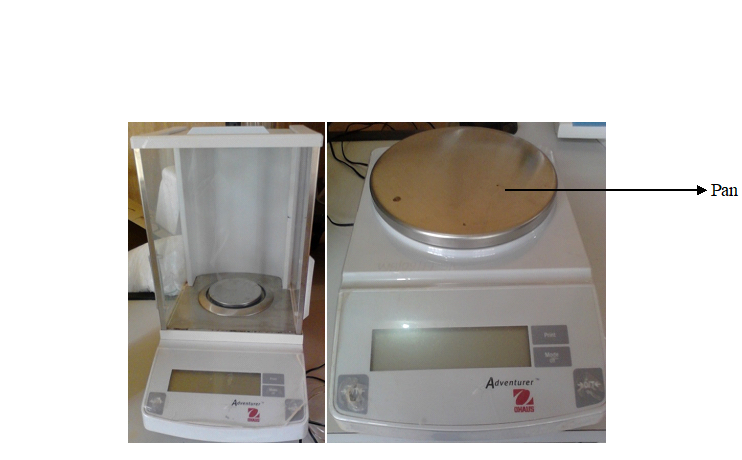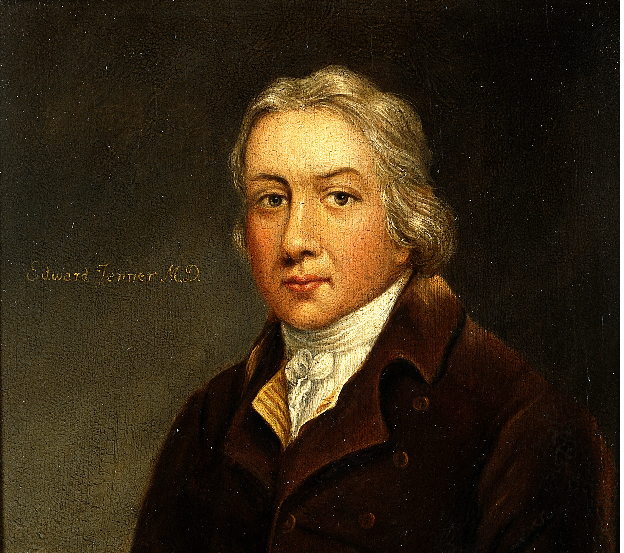Francis Crick was an English molecular biologist, biophysicist, and neuroscientist. He co-discovered the molecular structure of the genetic material (DNA) with James Watson in 1953.
Francis Crick showed in his work that genetic information flows from the DNA to RNA and then to protein; and he referred to this very important concept of molecular biology as the “central dogma” of molecular biology. Crick, Watson and Maurice Wilkins were jointly awarded the Nobel Prize on Physiology or Medicine in 1962 for their discovery of the molecular structure of the DNA.
Apart from his contribution in discovering the structure of nucleic acids (e.g. DNA), Crick will be famously remembered for coming up with the idea that the genetic information of an organism actually flow between informational macromolecules in certain direction: i.e. from DNA to RNA to Protein and then to the traits expressed in the individual organism.
References
Barrett J.T (1998). Microbiology and Immunology Concepts. Philadelphia, PA: Lippincott-Raven Publishers. USA.
Beck R.W (2000). A chronology of microbiology in historical context. Washington, D.C.: ASM Press.
Talaro, Kathleen P (2005). Foundations in Microbiology. 5th edition. McGraw-Hill Companies Inc., New York, USA.
Wainwright M (2003). An Alternative View of the Early History of Microbiology. Advances in applied microbiology. Advances in Applied Microbiology, 52:333–355.
Willey J.M, Sherwood L.M and Woolverton C.J (2008). Harley and Klein’s Microbiology. 7th ed. McGraw-Hill Higher Education, USA.
Discover more from Microbiology Class
Subscribe to get the latest posts sent to your email.





